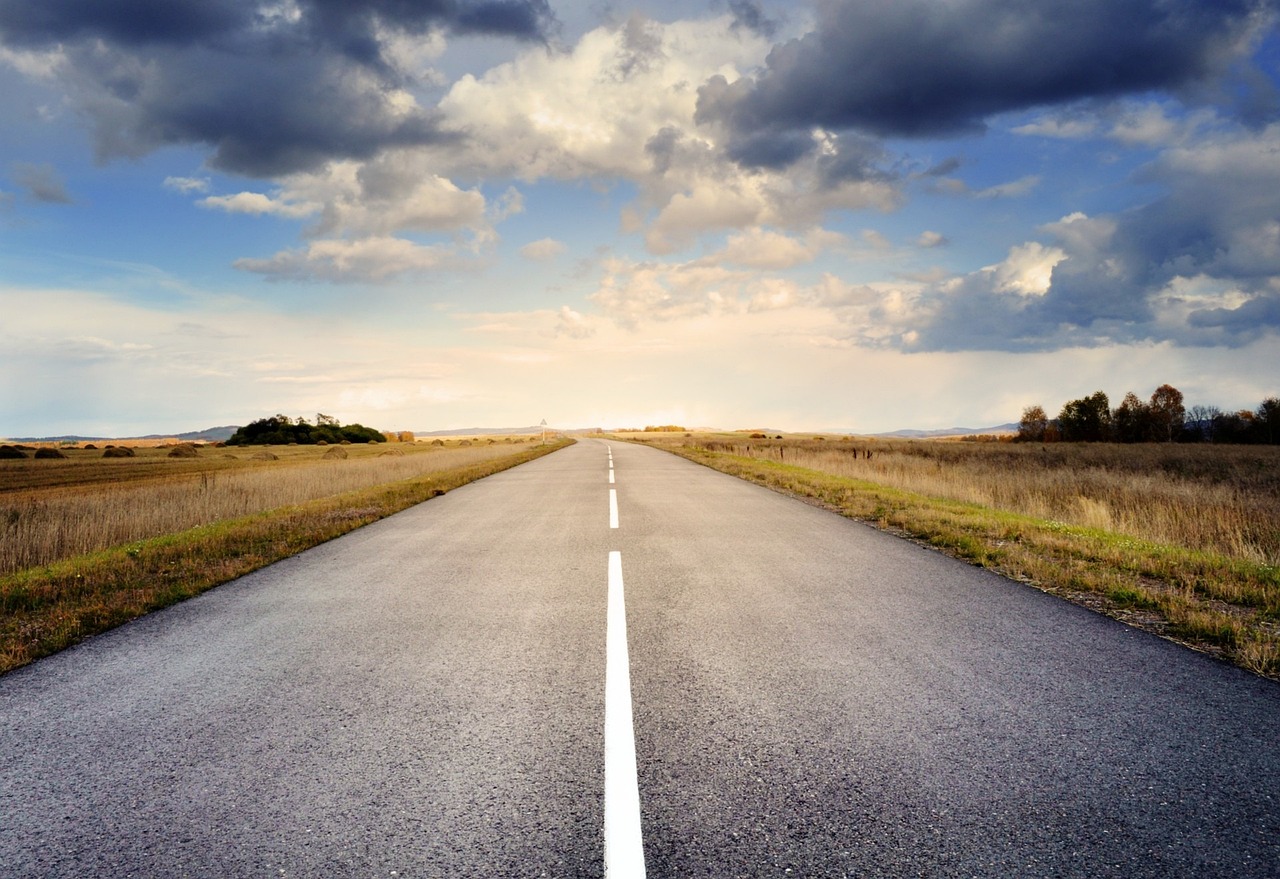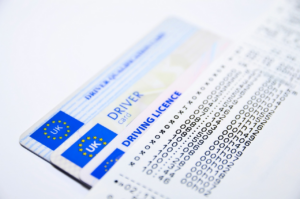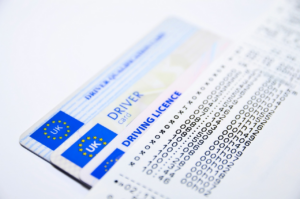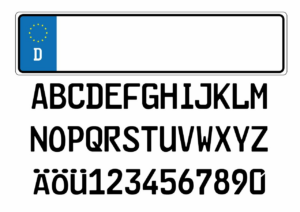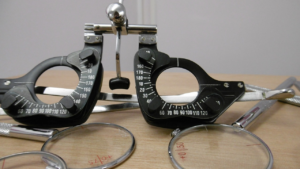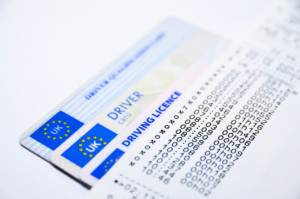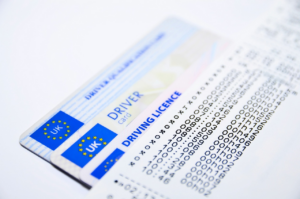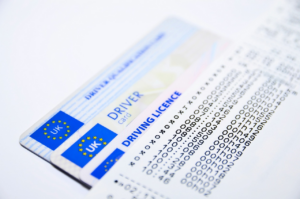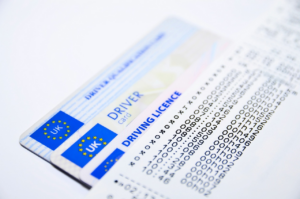Do you want to become a safer driver and avoid accidents on the road? Defensive driving can help you do just that. By adopting a defensive driving technique, you can anticipate potential hazards on the road and take necessary precautions to avoid them. Here are seven essential defensive driving tips and tricks that you should know to prevent accidents and drive safely.
Firstly, staying focused and alert is crucial when driving. Distracted driving is one of the leading causes of accidents on the road, and it can be easily avoided by keeping your eyes on the road, hands on the wheel, and mind on driving.
Secondly, following traffic rules and regulations is essential for safe driving. Traffic laws are in place to protect you and other drivers on the road, and following them can help prevent accidents. By following these two tips alone, you can significantly reduce your chances of getting into an accident.
Stay Focused and Alert
Stay sharp and stay alive behind the wheel by staying focused and alert. One of the most important defensive driving tips is to always be aware of your surroundings. This means keeping your eyes on the road and your mind on driving, and avoiding distractions such as texting, eating, or adjusting the radio.
If you find yourself feeling drowsy or distracted, take a break and rest before continuing your journey. Another important aspect of staying focused and alert is to anticipate potential hazards on the road.
This means scanning the road ahead and being aware of other drivers, pedestrians, and obstacles that could pose a danger to you or others. By staying vigilant and prepared, you can react quickly and avoid accidents before they happen.
Remember, defensive driving is about being proactive and taking control of your own safety on the road.
Follow Traffic Rules and Regulations
When it comes to following traffic rules and regulations, you need to obey traffic lights and signs and stay within speed limits. By doing so, you’re not only adhering to the law, but you’re also keeping yourself and others safe on the road.
Remember, following these key points is a crucial part of defensive driving and can prevent accidents from happening.
Obey Traffic Lights and Signs
Make sure to always watch for traffic lights and signs, so that you can safely navigate through intersections and roadways with ease. These signals are put in place to help regulate the flow of traffic and reduce the risk of accidents.
Here are a few tips to keep in mind when approaching traffic lights and signs:
-
Always come to a complete stop at red lights and stop signs. Even if you think it’s safe to proceed, it’s important to follow the rules of the road and wait for the signal to change.
-
Pay attention to the color of the traffic lights. Green means go, yellow means slow down and prepare to stop, and red means stop. Don’t try to beat a red light, as this is one of the leading causes of intersection accidents.
-
Look for pedestrian crosswalks and be prepared to yield to pedestrians who are crossing. Remember, pedestrians always have the right of way.
-
Follow the posted speed limit signs and adjust your speed accordingly. This will give you ample time to react to any changes in traffic signals or unexpected obstacles in the roadway.
By following these simple tips and obeying traffic lights and signs, you can ensure that you’re driving defensively and doing your part to make the roads safer for everyone. Remember, safety should always be your top priority when behind the wheel.
Stay within Speed Limits
Sticking to speed limits not only keeps you safe, but also helps reduce the number of accidents on the road. Speed limits are set based on the road conditions, traffic flow, and the surrounding environment.
Exceeding the speed limit can lead to loss of control, reduced reaction time, and increased stopping distance. It’s important to remember that speed limits aren’t just suggestions, but legal requirements that must be followed.
Driving within the speed limit also helps you avoid getting a speeding ticket. Speeding tickets can be expensive and can also result in points on your license, which can lead to higher insurance rates.
It’s important to pay attention to speed limit signs and adjust your speed accordingly. Remember, it’s always better to arrive at your destination a few minutes late than to risk your safety and the safety of others by speeding.
So, always stay within the speed limit and drive safely.
Keep a Safe Distance
To avoid potential collisions, be mindful of the distance between you and the car in front of you. Keeping a safe distance is crucial in defensive driving. It gives you enough time to react to sudden stops or changes in traffic flow. Here are some tips to help you maintain a safe distance:
-
Follow the 3-second rule: Keep a distance of at least three seconds from the car in front of you. To do this, pick a stationary object on the road, like a sign or a tree, and count the seconds it takes for you to reach it after the car in front of you passes it. If it takes less than three seconds, you’re too close and need to slow down.
-
Adjust your distance in bad weather: In rain, snow, or fog, it’s important to increase your following distance. The road is slippery, and it takes longer to stop your car. Double the 3-second rule to six seconds to give yourself enough time to react.
Remember, keeping a safe distance is not only about avoiding collisions, but it also reduces stress and makes driving more enjoyable. So, always be aware of the distance between you and the car in front of you, and adjust it accordingly.
Check Your Mirrors and Blind Spots
Always keep an eye on your mirrors and blind spots to avoid any potential hazards while driving. Before changing lanes or making a turn, be sure to check your side and rearview mirrors, as well as your blind spots.
Your mirrors provide you with a view of what’s behind you, but they may not always show everything. Checking your blind spots is crucial to ensure that there are no other vehicles, pedestrians, or objects in your way. To check your blind spots, turn your head and look over your shoulder in the direction you plan to move.
This is especially important when merging onto a highway or changing lanes. Remember that other drivers may not always be aware of their blind spots or may not check them regularly, so it’s up to you to take responsibility for your own safety.
By checking your mirrors and blind spots regularly, you can anticipate potential hazards and take the necessary precautions to avoid accidents on the road.
Use Your Turn Signals
Now that you’ve checked your mirrors and blind spots, it’s time to use your turn signals. This may seem like a no-brainer, but you’d be surprised at how many drivers forget to signal when changing lanes or making a turn.
Not only is it a common courtesy to other drivers on the road, but it’s also a crucial safety measure that can prevent accidents. Using your turn signals lets other drivers know your intentions and helps them anticipate your actions.
It’s especially important when merging onto a highway, changing lanes, or making a turn at an intersection. Remember to signal well in advance of your intended action, so other drivers have enough time to react.
Don’t be afraid to use your signals even if there are no other cars around, as it’s always better to err on the side of caution. By using your turn signals consistently and effectively, you’ll be a safer and more courteous driver on the road.
Anticipate and Respond to Hazards
Keep your eyes peeled for potential hazards on the road and be ready to respond quickly to avoid accidents. Hazards can come in many forms, such as a car suddenly braking or swerving, a pedestrian crossing the road, or an animal running into your path.
By being aware of your surroundings and anticipating potential dangers, you can take proactive measures to avoid them. Always maintain a safe following distance and scan the road ahead for any potential hazards.
This will give you enough time to react and take evasive action if necessary. For example, if you see a car up ahead that’s driving erratically, slow down and keep a safe distance until you can pass them safely.
By anticipating and responding to hazards, you can significantly reduce your risk of being in an accident.
Practice Safe Driving Habits
By practicing safe driving habits, you can ensure the safety of yourself, your loved ones, and other drivers on the road. Here are some tips to help you develop safe driving habits:
-
Always wear your seatbelt. This is the most basic safety measure you can take while driving. Make sure your seatbelt is properly fastened before you start the engine.
-
Follow the speed limit. Speed limits are in place for a reason. The faster you drive, the more difficult it is to react to unexpected situations on the road. Always drive within the posted speed limit.
-
Avoid distractions. Keep your attention on the road and avoid using your phone, eating, or doing anything else that could take your focus away from driving.
-
Keep a safe distance. Always maintain a safe following distance from the vehicle in front of you. This will give you enough time to react if the vehicle suddenly stops or slows down.
-
Stay alert. Be aware of your surroundings and pay attention to what other drivers are doing. Always be prepared to react to unexpected situations.
Following these safe driving habits will not only protect you, but also the other drivers on the road. Remember, it only takes one mistake to cause a serious accident. By developing good driving habits, you can help prevent accidents and keep everyone safe.
Frequently Asked Questions
What is the recommended distance to keep between your car and the car in front of you?
To prevent accidents and ensure your safety on the road, it’s recommended to maintain a safe distance between your car and the car in front of you.
The ideal distance is to keep at least a 2-second gap between your car and the one in front of you. This is calculated by choosing a stationary object on the road, waiting for the car in front of you to pass it and then counting to 2 before your car passes the same object.
In adverse weather conditions or heavy traffic, it’s recommended to increase the gap to 4 seconds.
By maintaining a safe distance, you’ll have enough time to react to sudden stops or turns, and avoid collisions.
Remember, defensive driving starts with keeping a safe distance between your car and others on the road.
How often should you check your mirrors and blind spots while driving?
To ensure your safety on the road, it’s important to regularly check your mirrors and blind spots while driving. You should aim to check your mirrors every 5-8 seconds and before making any turn or lane change.
Additionally, always look over your shoulder and check your blind spots before changing lanes or merging onto a highway.
Remember, even if you’re an experienced driver, accidents can happen at any time. So, make it a habit to check your mirrors and blind spots frequently to stay aware of your surroundings and avoid potential hazards.
By doing so, you can be a proactive and defensive driver, reducing the risk of accidents and keeping yourself and others safe on the road.
Is it illegal to use your cell phone while driving?
Using your cell phone while driving is illegal in many states and can result in hefty fines and even license suspension. It’s important to stay focused on driving and avoid any distractions, including texting, making phone calls, or scrolling through social media. Not only is it illegal, but it’s also extremely dangerous and can lead to serious accidents.
To stay safe, keep your phone on silent and out of reach while driving, or use hands-free technology if you need to make a call or send a message. Remember, the most important thing is to keep your eyes on the road and your hands on the wheel.
What should you do if you encounter a reckless driver on the road?
Encountering a reckless driver while on the road can be scary, but there are things you can do to stay safe.
Firstly, try to create distance between your vehicle and the reckless driver. This can be done by slowing down or changing lanes.
It’s important to avoid engaging with the driver, as this can escalate the situation.
If you feel the driver is putting others at risk, call 911 and report the license plate number, make and model of the vehicle and location.
Remember, defensive driving is all about anticipating potential hazards and taking action to avoid them.
So, stay alert and be prepared to react quickly if necessary.
How can you improve your reaction time while driving in hazardous conditions?
To improve your reaction time while driving in hazardous conditions, there are a few things you can do. First, always keep a safe following distance between you and the car in front of you. This will give you more time to react if they suddenly brake or swerve.
Second, pay close attention to your surroundings and be aware of any potential hazards, such as icy patches or debris on the road.
Third, avoid any distractions while driving, such as using your phone or eating, as this can slow down your reaction time.
Finally, make sure your vehicle is properly maintained and in good condition, as worn brakes or tires can also affect your ability to react quickly.
By following these tips, you can improve your reaction time and stay safe while driving in hazardous conditions.
Conclusion
Now that you know the 7 defensive driving tips and tricks, it’s time to put them into practice.
Remember, defensive driving is all about being aware of your surroundings and anticipating potential hazards.
Stay focused and alert, follow traffic rules and regulations, keep a safe distance, check your mirrors and blind spots, use your turn signals, anticipate and respond to hazards, and practice safe driving habits.
By implementing these tips and tricks, you can reduce the risk of accidents and keep yourself and others safe on the road.
Remember that defensive driving is a skill that takes practice and patience, so don’t be discouraged if it takes time to master.
Keep at it and always prioritize safety while behind the wheel. Safe driving!



